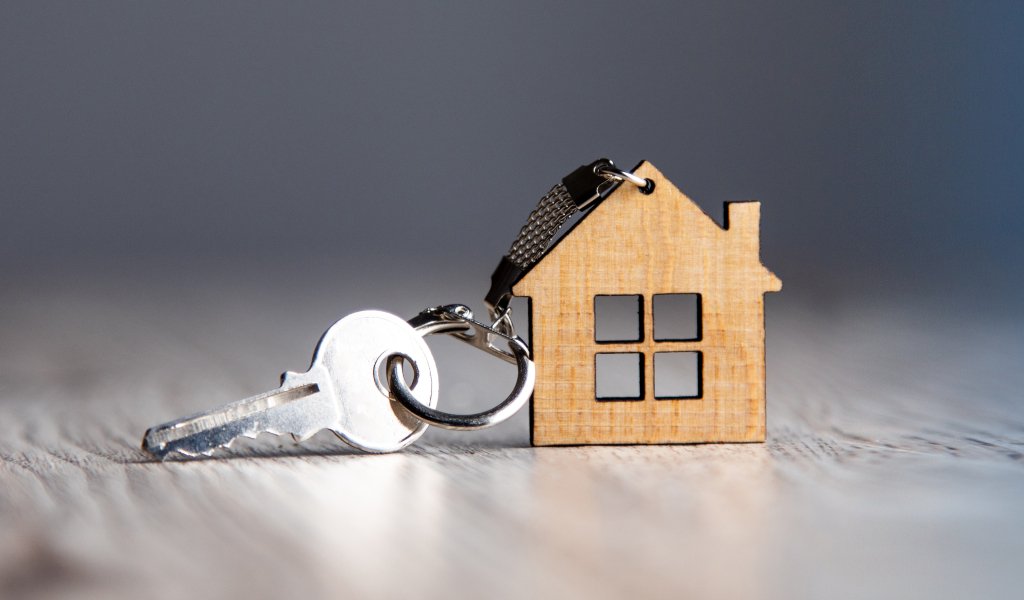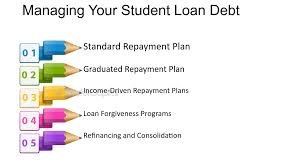
If you’re planning to buy a home or refinance in 2025, one of the biggest decisions you’ll face is choosing between a fixed-rate mortgage and an adjustable-rate mortgage (ARM). It’s not just about locking in a good deal—it’s about picking the loan that fits your lifestyle, goals, and budget.
When I bought my first home, I went with a fixed-rate mortgage because I wanted the peace of mind of a consistent payment. But later, when I bought a second home that I didn’t plan to keep long-term, an ARM gave me a lower rate and saved me money.
Let’s break down what these two mortgage types mean—and which one might be right for you.
1. What Is a Fixed-Rate Mortgage?
A fixed-rate mortgage keeps the same interest rate for the entire life of the loan. Whether you choose a 15-year or 30-year term, your monthly principal and interest payment stays constant, even if market rates rise.
Key Features:
- Predictable payments
- Easier budgeting over the long term
- Ideal if you plan to stay in the home long-term
Popular Terms:
- 30-year fixed
- 15-year fixed
- 20-year fixed
Pros:
- Stability and predictability
- Protection against rising interest rates
- Great for “forever homes” or long-term investments
Cons:
- Typically higher starting rate than ARMs
- Less flexibility if you plan to move or refinance soon
My Experience Tip: I chose a 30-year fixed for my first home because I wanted zero surprises. It gave me peace of mind, especially when I was still learning how to manage household finances.
2. What Is an Adjustable-Rate Mortgage (ARM)?
An adjustable-rate mortgage starts with a lower initial interest rate for a set period (usually 5, 7, or 10 years), then adjusts annually based on the market.
Example: A 5/1 ARM means you get a fixed rate for 5 years, then the rate adjusts once per year after that.
Key Features:
- Lower initial interest rate
- Interest rate and monthly payment may increase or decrease over time
- Good for short-term ownership
Pros:
- Lower initial monthly payments
- Potential savings if you sell or refinance before the rate adjusts
- Can be strategic in a high-rate market
Cons:
- Payments can increase significantly after the initial term
- Less predictable; riskier if you stay longer than expected
My Experience Tip: I used a 7/1 ARM when I bought a property I planned to rent and sell within 5 years. It gave me a much lower monthly payment, and I sold the home before the rate ever changed.
3. Key Differences at a Glance of Mortgages
| Feature | Fixed-Rate Mortgage | Adjustable-Rate Mortgage (ARM) |
|---|---|---|
| Interest Rate | Stays the same | Changes after initial fixed period |
| Monthly Payment | Consistent | Can increase or decrease |
| Initial Rate | Typically higher | Typically lower |
| Ideal For | Long-term homeowners | Short-term buyers or investors |
| Financial Risk | Low | Medium to high |
4. Which One Should You Choose?
It depends on your goals, budget, and how long you plan to stay in the home.
Choose a Fixed-Rate Mortgage if:
- You want payment stability
- You’re planning to stay in the home for 10+ years
- You expect interest rates to rise
Choose an ARM if:
- You plan to sell or refinance within a few years
- You want to take advantage of a lower starting rate
- You’re financially comfortable with potential payment increases
5. Pro Tips Before Deciding
- Run the numbers: Use a mortgage calculator to compare monthly payments and long-term costs.
- Check rate caps: With ARMs, make sure you understand the maximum possible rate increases.
- Consider your risk tolerance: If rising payments would strain your budget, fixed may be the safer bet.
- Talk to a mortgage advisor: Get quotes for both options and compare them side by side.
Final Thoughts
Both fixed-rate and adjustable-rate mortgages have their place in today’s housing market. A fixed-rate loan offers long-term security, while an ARM offers upfront savings with some risk. The best choice depends on your financial situation, future plans, and how comfortable you are with changing interest rates.
Here’s what I learned: Don’t just go with what sounds safer or more popular—go with what makes the most sense for you. That decision can save you thousands in the long run.




